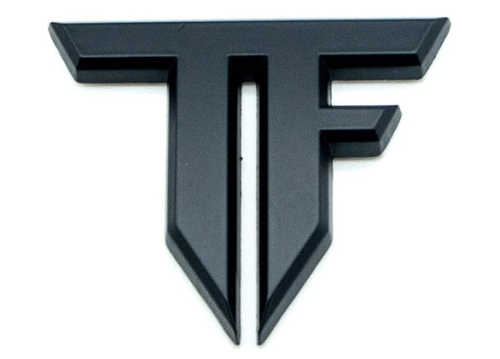Ashcroft Capital – Case Summary, Timeline, And Settlement
The Ashcroft Capital case is a notable real-estate investment dispute with important implications. Although the final outcome is still pending, investors and industry participants should monitor the timeline, assess potential risks, and review their positions carefully. Full recovery of claimed damages is unlikely, with a partial settlement being the more realistic expectation, though both the timing and amount remain uncertain. For more information, visit ashcroftcapitallawsuits.com.
Key Allegations
The plaintiffs allege:
- Misrepresentation of projected returns (specifically IRR and cash‑flow forecasts) in marketing materials and offering presentations, overstating results by about 4‑6%.
- Inadequate disclosure of material risks (for example, interest‑rate risk, financing risk, operating expense increases) such that LPs were not fully aware of downside exposures.
- Breach of fiduciary duty by Ashcroft as General Partner (GP) to the LP investors.
- Charging of sponsor/management fees while performance lagged, plus investor communication issues (delayed or opaque updates) and possible violations of securities laws.
Defendant’s reported defense
Ashcroft’s position includes:
- The projected IRRs were forward‑looking “estimates”/“projections” and not guarantees.
- Risks and disclaimers were included in the Private Placement Memoranda (PPMs) and investor offering documents.
- Market conditions (rising interest rates, inflation, operational headwinds) significantly affected actual performance — events outside of the GP’s exclusive control.
Why this matters
- If the allegations prove true, it raises issues of sponsor transparency, investor protections in real estate syndications, and disclosure standards in private placings.
- For the investors: potential partial (or full) recovery of losses, or if nothing is recovered, a cautionary lesson for due diligence on sponsors.
- For the industry: could increase pressure for more robust disclosures, standardized reporting, and investor‑rights mechanisms in passive real estate investment vehicles.
Settlement status and possibilities
While no definitive public settlement has been announced as of October 2025, there is commentary on likely scenarios.
Settlement scenarios
- Partial settlement: A subset of funds or investors resolve for a portion of the claimed damages (e.g., 20‑40 %).
- Full settlement: A global resolution covering all plaintiffs and possibly potential additional investors, for a larger portion (40‑70 %) of the claims.
- No settlement: The case proceeds to trial, meaning higher legal costs, longer timeline, and uncertain outcome (could be higher award — or plaintiffs lose).
Estimated payout ranges
- With $18 M claimed:
- 30 % recovery → ~$5‑6 M
- 50 % recovery → ~$8‑9 M
- 70 % recovery → ~$12‑13 M
Factors influencing settlement/outcome
- The strength of plaintiffs’ evidence (marketing materials, internal communications, testimony)
- Ashcroft’s ability to pay — including asset liquidity, reserves, insurance coverage
- The willingness of both parties to resolve pre‑trial (to avoid prolonged cost and reputational risk)
- Regulatory interest (though no formal SEC enforcement appears announced)
Payout timing / investor expectations
- Short‑term: Mediation and possible settlement discussions in Q3‑Q4 2025.
- Medium‑term: If settlement by Q1‑Q2 2026, then payout/process may begin in 2026.
- Long‑term: If trial and appeals, resolution may stretch into 2026‑2027.
Current status (October 2025)
- The case is active; no publicly confirmed settlement or judgment yet.
- Investor forums indicate growing speculation about settlement, but nothing definitive.
- Plaintiffs continue discovery; Ashcroft continues to defend and file motions.







